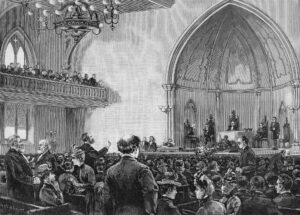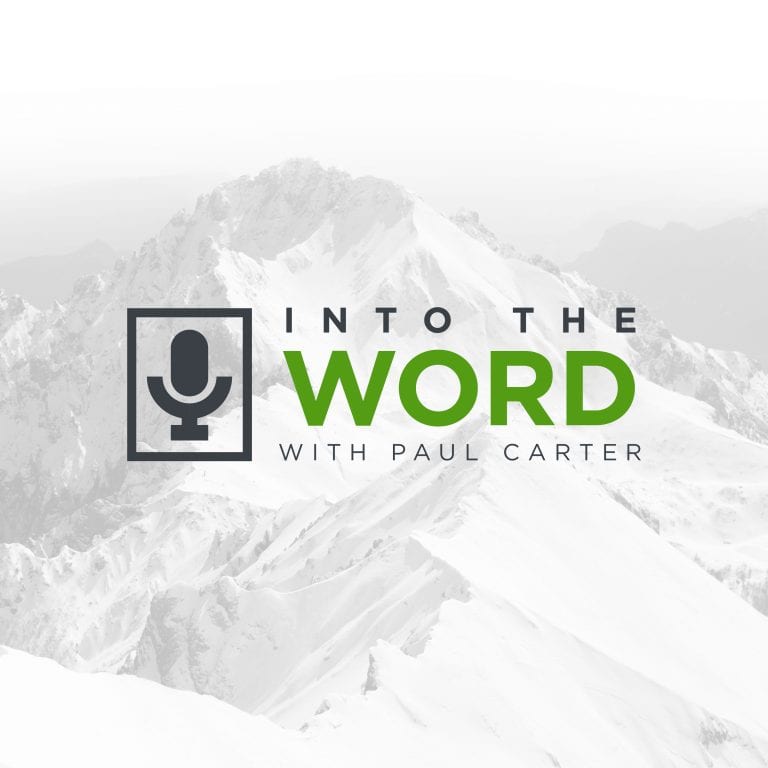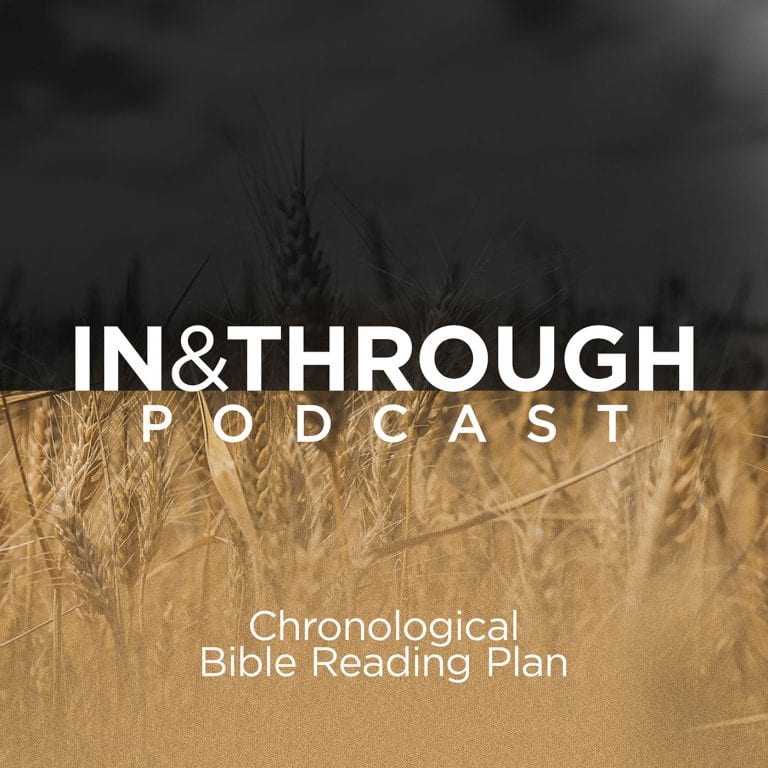When I talk with people about reading through the entire Bible in a year, I am often confronted with resistance. Sometimes, this resistance is from those that think the goal is too lofty. More often, it is from people who think that reading more than a few verses each day is irresponsible, or irreverent, or somehow displeasing to God. It is right that we should spend time breaking the Scriptures down verse-by-verse and parsing out single words for depth and richness of meaning. This method of study is so familiar to the church that some have come to believe that it is the only way we can read the Bible.
For all of the value that comes from verse-by-verse study, it has the potential to limit our ability to see a passage’s historical and theological contexts. Our interpretations of individual passages are greatly bolstered by the historical and theological awareness that comes with reading the full text of the Bible in a shorter period of time.
This is not a recommendation for “flying through” your readings or “ticking the box” of having read the Bible in a year. This is a recommendation for intentionally approaching the Bible in a way that might be new to you and will likely show you things within God’s personal revelation that you might have otherwise missed. Here are five reasons why I recommend following a chronological plan of reading the Bible in one year.
More accessible than you think
There is no denying that the Bible is a large book and that reading through it in one year requires commitment and dedication. On average, this commitment is fifteen to twenty minutes every day. That is a full week’s reading in less than two hours. The internet is full of plans to help you pace yourself and to organize passages into their chronological order. There are a number of apps available to do the same.
Many of these apps also come with audio versions of the Bible that you can listen to while you drive to work or walk the dog. Don’t be fooled into thinking that these audio versions are a lesser means. The oral nature of Scripture is deep and rich. It is not a cheat to be a hearer of the Word. Lastly, TGCC is offering a weekly podcast to assist and encourage readers on this journey.
Reading the Bible as it was lived
This time last year, I published an article recommending everyone to try a Reader’s Bible. The simple premise is that these Bibles are not divided into chapter and verse. This makes finding particular passages difficult, but it offers modern readers with an ancient perspective on the text. This is reading the Bible as it was written. Reading the Bible chronologically (rearranged to show the historical order of events) offers readers a chance to see the unfolding of history as God creates and redeems mankind. This is reading the Bible as it was lived. It shows a narrative flow in the Word that is not evident in other reading plans or methods of study.
Independence of Readership
Our current Christian landscape is littered with resources to help us better understand who God is and how we are to live. Some of these resources are fantastic while others are tragically anti-biblical. How is a believer to discern between an innovative teacher and a false prophet? Discernment comes from knowing the Word. Many Christians spend far more time reading about the Word than they spend actually reading the Word. Don’t be afraid of your Bible. Don’t fall into the trap of believing that you will never understand it on your own. The only thing that is for certain is that not reading your Bible will never help you understand it more.
Continuity of the Testaments
It is not uncommon for Christians to struggle to understand that harmony of the Old and New Testaments. Some are confused by the person of God. They claim that there are unreconcilable differences between the God of the Old and the God of the New. Some dismiss the Old Testament as a myth of moral value but deny its historicity or theological necessity.
Modern-day judaizers might claim the atonement of Christ yet struggle with the New Testament as confusing the message of living under the Law. All of these, many more, are teachings that come from a misunderstanding of the cohesive nature of one story divided into two parts. Reading chronologically walks us through this story in a unique way so that we can better see the anticipation of a New Covenant and the fulfillment of the Old Covenant.
High Value of all Scripture
I know that there are many who love the whole of Scripture that will disagree with this last point, but I fear that some Bible reading plans can inadvertently devalue the reading of the Old Testament. The most common through-the-Bible plans skip back and forth combining readings from the Old and New Testaments with a Psalm or Proverb. This jumbles the narrative flow of Scripture and confuses the context of the readings.
Why do we do this? I have often heard it said that this is done to keep the reader from getting “lost” in the Old Testament readings. I interpret this to mean that we don’t want people getting bored and quitting. Is the Old Testament really so boring and irrelevant that we would need to buffer it with passages from the New? By no means! The Old Testament is the theological foundation of the New. It sets the historical, cultural, and theological stage for the entrance of God’s only begotten into his creation. We best come to this understanding by following the historical, cultural, and theological progress of the people of God through the narrative, chronological reading of the Old Testament.
There are many ways to faithfully approach the Bible. If we are intentional in our planning, we can use these various approaches to increase our understanding of the nuances of God’s written revelation. I want to encourage you to, at least once, read through the Bible chronologically. I truly believe that you will be blessed with a richer understanding of the events and teachings of Scripture for it. Ultimately, however, I want to encourage you to read your Bible. Read it all. From cover to cover. It is God-breathed and useful.






















